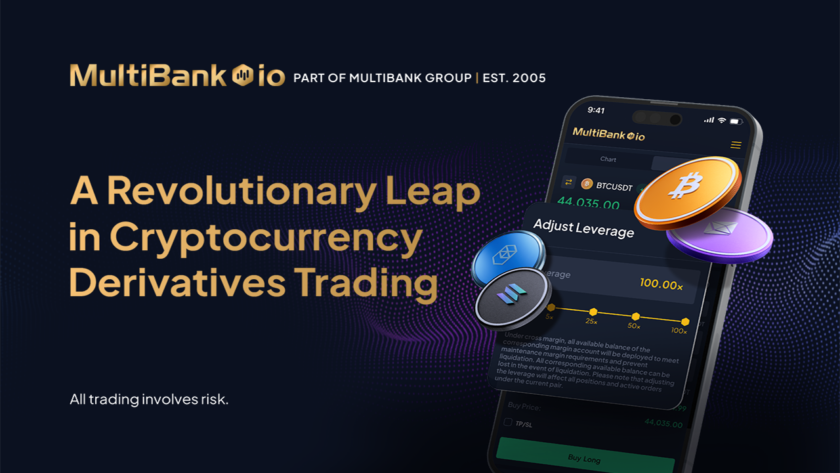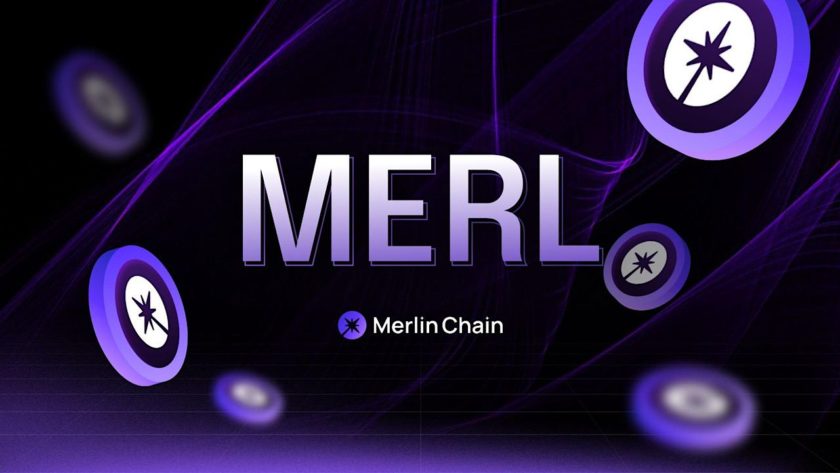Artist collaborations are an undeniable cornerstone of modern pop culture. The confluence of creative minds ultimately captured in a single artwork is something that has perpetually aroused audiences, critics and the creative community.
Take “The Marilyn Diptych,” by American pop art pioneer Andy Warhol. The iconic art piece is based on a publicity photograph of Marilyn Monroe for the 1953 noir thriller Niagara. Regardless of the actress’ undeniable appeal, the photo itself didn’t stand out until Warhol put a spin on it, turning it into one of the 20th century’s most admired masterpieces. But is that enough of an argument to justify the fact that the photographer or studio behind the original derived no profits from the painting? After all, it was their photo — not Andy’s. While this is a closed case, there are millions of similar cases out there. And a new generation of nonfungible tokens (NFTs) might be just the solution for which artists have been hoping.
Related: Bull or bear market, creators are diving headfirst into crypto
Enter the NFTs
Nonfungible tokens are upending the art world by giving illustrators, musicians, fashion designers (and almost anyone) a safe way to distribute original pieces while retaining copyrights and reproduction rights. At the same time, collectors get blockchain-protected ownership of these pieces. What if collectors wish to use the acquired pieces as the basis on which to compose their artworks? Upgrade them, one might say. Can NFTs ensure lawful co-creations of art?
The upgrades can take any shape or form. A courageous collector could, for instance, draw a red line over a Beeple’s $69 million NFT or take Hokusai’s recently digitized “The Great Wave” and add a surfboard. But as much fun as that could be, there are legal issues to contend with, so the risk might be worth bearing in mind. With features brought by upgradable NFTs, everything can be done in a consensual framework. Artists could issue multiple copies of their NFTs, making only some of them upgradeable.
Several blockchain players in the NFT space are trying to work in this direction. For example, Wakatta markets itself as a “blockchain designed to serve the needs of the entertainment industry.” To accomplish such an ambitious goal, it has developed a series of new NFT types — upgradable, time-limited and text-based. From a technological standpoint, this network is being developed on top of Substrate, the same technology framework used by Polkadot. As Alex Blagirev, Wakatta’s project lead, said: “Digital technologies are making it easier for everyone to become a creator of some sort. The creator economy is a reality, especially in the entertainment industry, and we need solutions that adapt and enhance it.” He added:
“Nonfungible tokens and artists are a match made in heaven because of the infinite stream of possibilities it creates.”
The same idea can work for other industries: Startup Ether Cards help to build customized NFTs and create dynamic cards that activate discounts, enable access, unlock features, connect to physical items, grant upgrades and trigger changes based on real-world events. They partnered with basketball player LaMelo Ball to create a Dynamic NFT for him.
A good example for the game industry is Phantasma — a blockchain focusing on gaming applications — which is also putting out a similar NFT feature for game developers to control the time availability of their in-game assets.
Related: Nonfungible tokens from a legal perspective
NFTs and the music industry
Musicians have also jumped on the NFT bandwagon in the past year, with artists like Eminem, Steve Aoki, and Grimes selling a combined $10+ million in NFT copies of their songs. The latter managed to sell a one-of-a-kind video clip titled, “Death of the Old,” for a whopping $389,000.
The music industry is facing increasing pressure from artists all over the world speaking out against perceived unfair compensations from streaming players such as Spotify and Apple Music. In April, superstars Paul McCartney, Kate Bush, and Noel Gallagher submitted a joint letter to United Kingdom Prime Minister Boris Johnson urging the discussion of streaming revenue reforms. As the complaints pile up, nonfungible tokens are rapidly becoming a suitable alternative for artists to distribute exclusive content straight to their fans, without the middleman. Moreover, upgradable NFT artists could also ease the creation of remixes, skipping the intricate and expensive legal processes typically associated with collabs.
Related: NFTs are a game-changer for independent artists and musicians
Time-limited NFTs could also be particularly useful in this industry. In virtual setups, concert or musical festival tickets could be turned into NFTs, granting access to specific time slots, for example. As with any other smart contract, enterprises or artists can configure them to be reusable or gamify their usage as they see fit. And once expired, the tokens can still hold value and appreciate as collectibles and be legitimately remarketed as memorabilia.

Related: Play-and-earn is the secret to mainstream NFT gaming adoption
No one can say exactly what the future will look like. But one thing is sure: NFTs are much more than cat-themed JPGs. Their use cases are rapidly spreading to new domains, reaching areas so far unexplored by blockchain technology like artist collaborations, music royalties and even events.
The views, thoughts and opinions expressed here are the author’s alone and do not necessarily reflect or represent the views and opinions of Cointelegraph.
Alexandra Luzan is a Ph.D. student researching the connection between new technologies and art at Ca’ Foscari University in Venice. For about a decade, Alexandra has been organizing tech conferences and other events in Europe dedicated to blockchain technology and artificial intelligence. She is equally interested in the relationship between blockchain tech and art.




